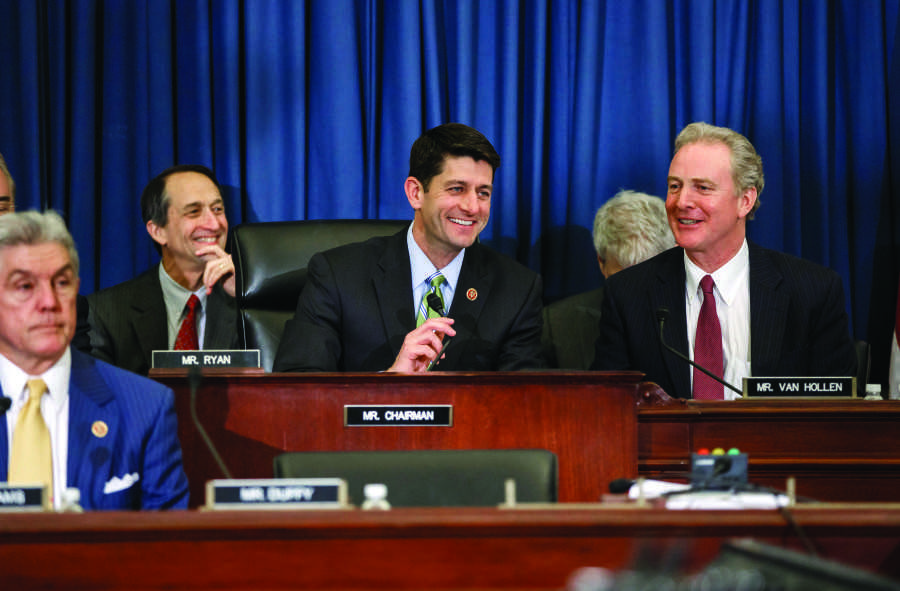Gov. Tony Evers’ 2019-’21 executive budget proposes to incrementally increase the state’s minimum wage, which currently matches the federal minimum of $7.25 an hour, to $10.50 an hour by 2023. It would also create a task force to assess the possibility of a statewide $15 per hour wage. These proposals must be enacted to provide greater economic security for Wisconsin’s low-income workers.
About 57 percent of Wisconsin voters support an increase in the minimum wage, according to the Marquette Law School poll released April 12. Wisconsin is one of only 21 states that currently retains the federal minimum of $7.25, which hasn’t been raised since 2009. This wage lags behind several of Wisconsin’s neighboring states. In late March, Michigan officially raised its minimum wage to $9.45, while Illinois plans to incrementally increase its current wage of $8.25 to $15 per hour by 2025.
Wisconsin’s minimum wage is woefully inadequate to provide for the state’s low-income workers. The living wage calculator created by The Massachusetts Institute of Technology shows that an average wage of $11.41 per hour is necessary to support a full-time working adult in Wisconsin. If the adult has a child, the necessary minimum raises to $24.67. Given the inadequacy of the current minimum wage, many workers are forced to take on multiple jobs or sacrifice their living conditions to support themselves and their families.
One of the biggest sacrifices that low-income families have made is cutbacks in their purchasing of necessities like food. About 12 percent of American families were food insecure in 2017, according to the U.S. Department of Agriculture. Raising the minimum wage would be a valuable tool at decreasing this alarming number. A 2016 report by the policy think tank Century Foundation found that increasing the nationwide minimum wage to $15 by 2023 would free 1.2 million households from hunger. In Wisconsin, approximately 123,000 households would become food secure because of this increase. No family should be forced to go hungry because of an inadequate wage, especially in one of the wealthiest countries in the world.
A commonly held misconception is that a majority of minimum wage workers are teenagers, laboring for spending money while still being supported by their parents. However, a 2019 report by the Economic Policy Institute shed new light on the true identity of a typical American low-income earner. The report found that fewer than 10 percent of workers who make less than $15 per hour are teenagers, while more than half are adults between 25 and 54. Additionally, 58 percent of these low-income earners are women, and 28 percent have children. This report showed that many working adults are tangibly harmed by the insufficiency of the current wage.
Many opponents of raising the minimum wage also argue that it could have a negative effect on employment rates. If employers are forced to pay higher wages, they may choose to automate jobs or lay off workers to maintain profits. However, a 2018 study by economists at UC Berkeley’s Institute for Research on Labor and Employment complicates this theory. The economists studied cities that have recently increased local minimum wages to a rate higher than $10 per hour, such as Seattle, the District of Columbia and San Francisco. They found that the increase had no significant negative effect on employment, and also provided the intended positive increase on the incomes of low-wage workers.
Wisconsin lawmakers must raise the state’s minimum wage to provide base living security for the state’s low-income workers. Through this increase, fewer workers will have to work multiple jobs or worry about how they will put food on the table.




Bvanswol • Apr 19, 2019 at 5:25 pm
$15 minimum wage does not create job security. Rather, it’s a job killer. Ask an employer. Rather than pay $15 per hr, employers will find ways to do more with less, and/or automate. Someday when you are outta MU and in the world, you’ll get it.